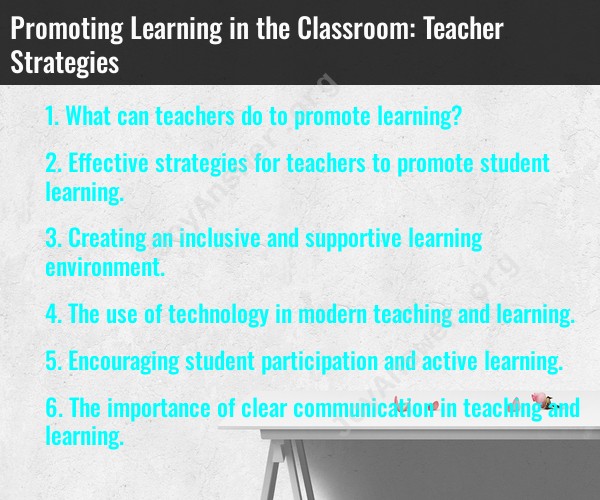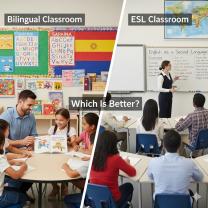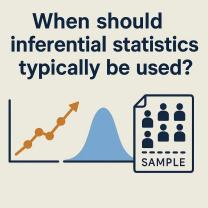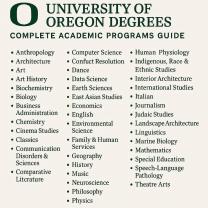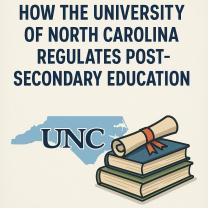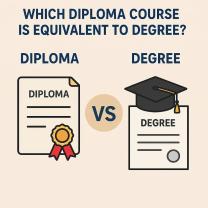What can teachers do to promote learning?
Teachers play a critical role in promoting learning in the classroom. Here are several strategies and approaches they can use to create an effective and engaging learning environment:
Set Clear Learning Objectives: Start each lesson with clear learning objectives so that students know what they are expected to learn. This helps students focus on the essential content and goals.
Differentiate Instruction: Recognize that students have diverse learning styles and abilities. Differentiate instruction to cater to various learning needs by using a mix of teaching methods, materials, and assessment techniques.
Engage Students Actively: Encourage active participation by asking open-ended questions, facilitating discussions, and using activities that require critical thinking and problem-solving. Active learning keeps students engaged and promotes a deeper understanding of the subject matter.
Create a Supportive Classroom Environment: Foster a classroom climate where students feel safe, respected, and comfortable sharing their thoughts and ideas. A positive classroom environment is conducive to learning.
Provide Constructive Feedback: Give timely, specific, and constructive feedback on students' work. Feedback helps students understand their strengths and areas for improvement, which is crucial for learning and growth.
Use Technology Wisely: Integrate technology into the classroom when appropriate. Technology can enhance learning, making lessons more interactive and engaging.
Promote Critical Thinking: Encourage students to think critically by presenting real-world problems, case studies, or scenarios that require analysis and thoughtful solutions. Teach them how to question, evaluate information, and form well-reasoned opinions.
Make Learning Relevant: Relate lessons to real-life situations or students' interests. When students see the relevance of what they are learning, they are more likely to stay engaged and motivated.
Incorporate Collaborative Learning: Foster collaboration among students through group projects, discussions, and peer teaching. Collaborative learning not only reinforces understanding but also improves social skills.
Use Formative Assessment: Regularly assess students' progress through formative assessments like quizzes, discussions, or short assignments. This allows teachers to identify areas where students may be struggling and adjust their teaching accordingly.
Foster a Growth Mindset: Encourage a growth mindset, where students believe that their abilities can develop through effort and perseverance. Avoid labeling students or making them feel fixed in their abilities.
Model Lifelong Learning: Teachers should serve as role models for lifelong learning. Share your own enthusiasm for learning and demonstrate that learning is a continuous process.
Provide Choices: Offer students choices within assignments or projects. Allowing them to select topics or approaches can increase their motivation and ownership of their learning.
Use Visual Aids and Hands-On Activities: Incorporate visual aids, hands-on activities, and manipulatives to make abstract concepts more concrete and accessible.
Promote Metacognition: Teach students how to think about their thinking (metacognition). Encourage them to reflect on their learning processes, set goals, and monitor their progress.
Adjust Teaching Strategies: Be flexible in your teaching methods. If one approach isn't working for a particular student or group, be willing to adjust and try alternative methods.
Remember that effective teaching is an ongoing process of reflection and adaptation. Different students may require different strategies, so being responsive to their needs and continuously improving your teaching methods is essential for promoting learning in the classroom.
Effective strategies for teachers to promote student learning
There are many effective strategies that teachers can use to promote student learning. Some of these strategies include:
- Getting to know your students. The more you know about your students' individual needs, interests, and learning styles, the better equipped you will be to meet them where they are and help them succeed.
- Setting clear expectations and goals. Make sure your students know what you expect of them and what they are working towards.
- Providing engaging and relevant instruction. Use a variety of teaching methods and activities to keep your students interested and motivated.
- Providing opportunities for practice and feedback. Students need opportunities to practice what they are learning and to receive feedback on their progress.
- Creating a positive and supportive learning environment. Students thrive in classrooms where they feel safe and respected.
Creating an inclusive and supportive learning environment
An inclusive and supportive learning environment is one where all students feel welcome, respected, and valued. It is a place where students feel safe to take risks, ask questions, and make mistakes. Teachers can create an inclusive and supportive learning environment by:
- Getting to know their students' cultures and backgrounds. This shows students that you value their identities and experiences.
- Using inclusive language and practices. For example, avoid using gendered language or making assumptions about students' abilities.
- Creating a classroom culture of respect and tolerance. This means teaching students to be respectful of each other's differences.
- Providing support for all students. This includes providing support for students with disabilities, English language learners, and students from low-income families.
The use of technology in modern teaching and learning
Technology can be a powerful tool for promoting student learning. Teachers can use technology to:
- Provide students with access to information and resources.
- Create engaging and interactive learning experiences.
- **Provide students with opportunities to collaborate and communicate with each other.
- Assess student learning.
When using technology in the classroom, it is important to be aware of the potential for distractions and to make sure that students are using technology in a productive way.
Encouraging student participation and active learning
Student participation and active learning are essential for student success. Teachers can encourage student participation and active learning by:
- Asking open-ended questions. This encourages students to think critically and to share their ideas.
- Using hands-on activities and projects. This gives students opportunities to apply what they are learning and to work collaboratively.
- Providing students with choices and opportunities to lead. This helps students to feel invested in their learning.
The importance of clear communication in teaching and learning
Clear communication is essential for effective teaching and learning. Teachers can communicate clearly by:
- Using simple and direct language.
- Giving clear and concise instructions.
- Checking for understanding frequently.
- Being open to feedback and questions.
Clear communication helps students to understand what is expected of them and to follow along with the lesson.
Overall, there are many effective strategies that teachers can use to promote student learning. By getting to know their students, setting clear expectations, providing engaging and relevant instruction, and creating a positive and supportive learning environment, teachers can help all students succeed.
